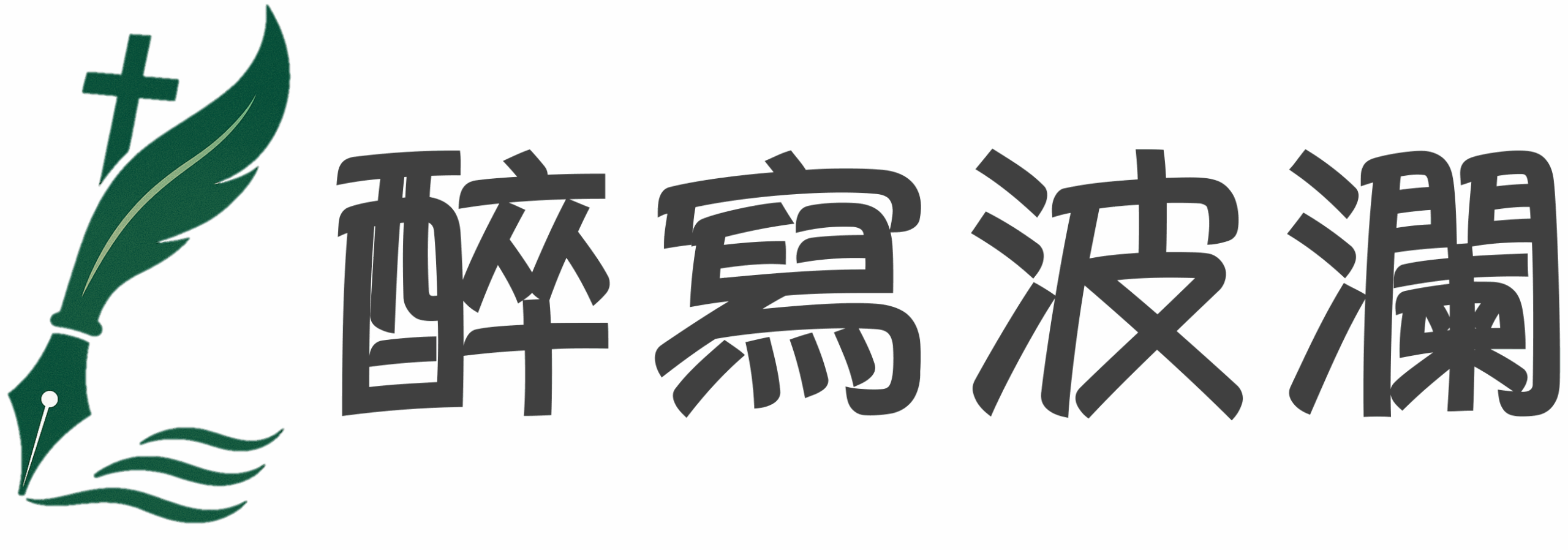Hu has spent the last few weekends in Liren Mansion, the office building of Lirensoft, for a CIO training course. And this weekend, Dr. Qiao will talk about ITSM (IT Service Management).
Hu has learned about ITSM through several other channels, and even honed his IT service system based on these concepts and philosophies. Since Lirensoft has rich experience in supporting world-class players, Hu believes attending the training courses might give him a greater insight into how Lirensoft works.
Right after the class started, Dr. Qiao used a projector to show the company’s famous ITSM reference model, a complicated design that depicts all the problems faced by IT personnel at all levels. It covers IT system planning, R&D, implementation and operation.
Dr. Qiao talked for over one hour about the model and made a specific exposition about the process, personnel and technologies – the three key factors involved. He concluded with the following: “ITSM is the accelerator that moves CIO’s up the ladder of development. You have no reason to turn it down.”
Hu felt quite satisfied with the lecture. He now tumbled to many specifics that had seemed foreign to him before. But one question was still plaguing him: What needs to be done to turn ITSM theory into actual practice?
As if he could read Hu’s mind, Dr. Qiao invited some of Lirensoft’s clients to shed some light on the problem. The CIO of Yunhai Group spoke first. Before the ITSM was implemented, the operation maintenance personnel in his company were scattered among different departments. They waited by the phone for calls from the business departments. The Yunhai CIO noted the lack of intra-company communications made the work inefficient. “One morning when I just got to work I received a call from the sales department saying the Internet was inaccessible, making it impossible to place orders. No sooner had I got off the phone than it rang again. Our subsidiary at some other place called in reporting that the office system broke down and it could not make a statement to the local taxation authority. The subsidiary was in the middle of setting up a new system at that time, and all the personnel with the operation maintenance department were on it. The manager had to rush to the computer room himself to fix the problem. Our operation maintenance personnel were ill at ease and often worked under great pressure.”
In other words, Hu thought, all the problems he mentioned were fixed right after the ITSM was in place, with the maintenance personnel playing a more positive role in maintenance services and with less pressure. Actually, around the time Hu became CIO, his IT department was in a similar circumstance. After defining the responsibilities for each member clearly, Hu quickly solved the problem. He figured ITSM was a bit more than required for his case.
The next person to approach the podium was the CIO of Oriental, a foreign-invested firm. Oriental was granted the BS15000 certificate for IT service management last year, something fairly rare in China at the moment.
Hu didn’t know much about BS15000, so he cleared his ears for the lecture. Passing BS15000 certification is regarded a crucial step in the success of ITSM implementation. Developed in strict accordance with ISO9000, BS15000 is now accepted as the ISO/IEC20000 within the field of IT service management. Oriental’s purpose of acquiring the certificate was to thoroughly hone its IT management in terms of quality and cost, and to improve its service system and the services provided.
ISO9000, as far as Hu was concerned, had degenerated into something that could be obtained by simply spending money, as was the case with the 6-sigma to the manufacturing sector and the CMM (Capability Maturity Model) for software. What frustrated Hu was why something that worked so well on foreign soil turned into nothing but window dressing when it’s introduced in China.
Liu, CIO of Fumin Bank, was the third speaker to step forward. Inspired by the concept of ITIL (IT Infrastructure Library), he and his subordinates implemented an IT service system and changed the model of IT service support. This gave a big boost to their customers’ satisfaction. “But after three years of operation, the IT service management still lacks backup from an efficient system platform,” Liu said. That’s why he sought cooperation from Lirensoft to jointly implement the ITSM project, introduce the ITSM software platform and put in place a brand new IT service framework.
“Lirensoft’s ITSM is developed on the basis of ITIL but is more efficient. It is because of this new system that Fumin Bank has gone a step up in its service management,” Dr. Qiao added.
Hu smelled something familiar – the excessive publicity and promotion of products and technologies by IT companies that might unexpectedly backfire in the end.
“My boss used to call at midnight asking about ways to troubleshoot IT problems, but it does not happen anymore thanks all to the active support provided by ITSM,” Liu said with much pleasure. Hu just sat and listened. “If this is what ITSM is all about, I’ll just let it go,” he said to himself.
原文链接:http://www.cbfeature.com/index.php?categoryid=13&p2_articleid=161(阅读全文须注册)
中文链接:CIO故事之十九:变味的培训
